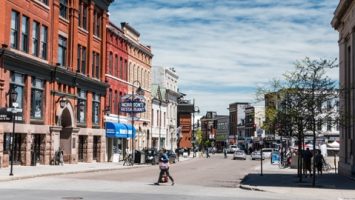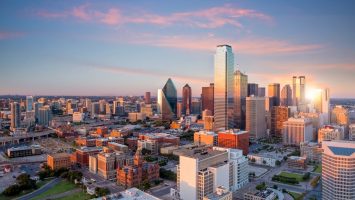
The City of Portland in Oregon has launched its Traffic Sensor Safety Project, the first major project for Smart City PDX – the urban data and technology initiative. The Traffic Safety Sensor Project will install 200 of Current by GE’s CityIQ sensors – powered by Intel IoT technology – on three of Portland’s most dangerous streets. The sensors will provide the Portland Bureau of Transportation (PBOT) 24-hour counts of vehicles and pedestrians, as well as information about vehicle speeds. It is expected that this new data will enable city traffic engineers to improve street safety design and support Portland’s Vision Zero goal of making the streets safe for all users. The data gathered from the sensors will be collected in the Portland Urban Data Lake (PUDL) which will collect, store, combine, and analyze data from a variety of sources including the Traffic Safety Sensor Pilot.
The sensor project costs $1,000,000 and was funded with general transportation revenue, system development, and contributions by the project’s private sector collaborators: Intel, AT&T, Current by GE (a division of General Electric), and Portland General Electric.
“Portland is a great example of how every city is able to tailor their solution to meet specific challenges and opportunities,” said Austin Ashe, smart cities general manager for Current by GE. “For example, we will be working with Portland to extract bicycle data to better understand the bicycle traffic volume and cyclists’ interactions with vehicle and pedestrian traffic to improve safety for all.”
The CityIQ open platform is designed to handle future growth using the same street lighting infrastructure, to allow the city to adapt and develop new applications that meet the specific needs of the city and its residents.
“Portland is leading the country in this important data effort,” said Mayor Ted Wheeler. “We are at the forefront of using advanced technology to make our cities safer for pedestrians, cyclists and drivers, helping people more easily get around, save time, and reduce the possibility of crashes.”


